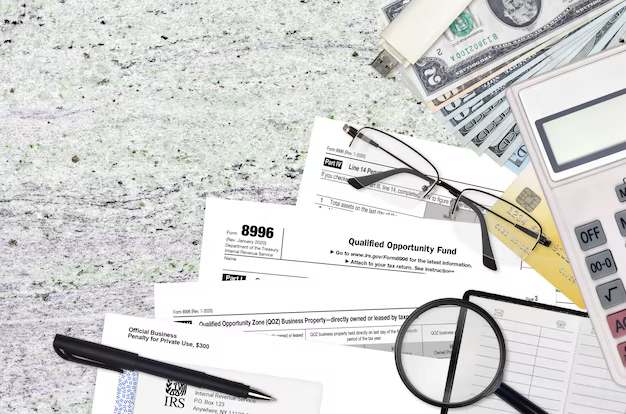Mailing Your 1040 Tax Return: What You Need to Know
Getting your 1040 tax return to the IRS can be confusing, especially for those who still prefer to mail their form instead of opting for online submission. Knowing the right address is crucial to ensure your return reaches the IRS in a timely manner. Here's what you need to know.
Decoding the Right Mailing Address
The IRS has different addresses for tax returns depending on your state of residence and whether you're including a payment. To make it easy, here’s a streamlined approach:
Without Payment: If you are not enclosing a payment, you'll typically send your 1040 to a different address than if you are. For example, residents of states such as Florida, Georgia, and Alabama mail their returns to the Department of the Treasury, Internal Revenue Service, Kansas City, MO 64999-0002.
With Payment: If you're sending a payment with your return, for residents in the same states, the address changes to Internal Revenue Service, P.O. Box 1214, Charlotte, NC 28201-1214.
To ensure you're sending your return to the correct address, check the most recent IRS instructions for Form 1040 or utilize their online resources. Remember that sending it to the wrong address can result in delays, potentially incurring penalties or interest if payments are late.
Packaging and Sending Tips
- Use a Secure Envelope: To protect your sensitive information, use a heavier security envelope.
- Don't Forget Postage: Ensure your envelope has the correct postage. Certified mail is a good option for tracking.
- Double-Check Your Information: Before sealing your envelope, make sure all forms are signed and completed accurately.
Consider E-Filing for Efficiency
While mailing is an option, e-filing your tax return is faster and often comes with fewer errors. It ensures quick receipt and processing of your return, prompting faster refunds if due.
Explore Financial Resources Beyond Taxes
Filing taxes is one thing, but efficiently managing your finances can involve taking advantage of other opportunities available, such as government assistance or financial relief programs.
Financial Tools Worth Exploring:
Government Aid Programs: Find out if you qualify for programs such as Supplemental Nutrition Assistance Program (SNAP) or Temporary Assistance for Needy Families (TANF).
Debt Relief Options: Struggling with credit card debt or loans? Look into debt consolidation or negotiation services to regain financial control.
Credit Card Solutions: Some credit cards offer zero interest for balance transfers, ideal for managing existing debt.
Educational Grants and Scholarships: If you or your dependents are pursuing education, numerous grants and scholarships can lessen financial burdens.
Budgeting Apps: Leveraging apps for budgeting can streamline your financial planning and tackle expenses wisely.
Key Financial Assistance Opportunities
📈 SNAP
- Monthly food assistance based on income
🏡 TANF
- Assistance for families in need, covering basic living expenses
💳 Debt Consolidation
- Simplify payments, potentially lowering interest rates
🎓 Educational Grants
- Federal Pell Grants for eligible undergraduates
📱 Budgeting Applications
- Apps like Mint for tracking spending and saving smarter
Mailing your 1040 tax return is vital but understanding broader financial assistance options can also play a crucial role in your financial health. Explore these resources to enhance your financial knowledge and stability.
